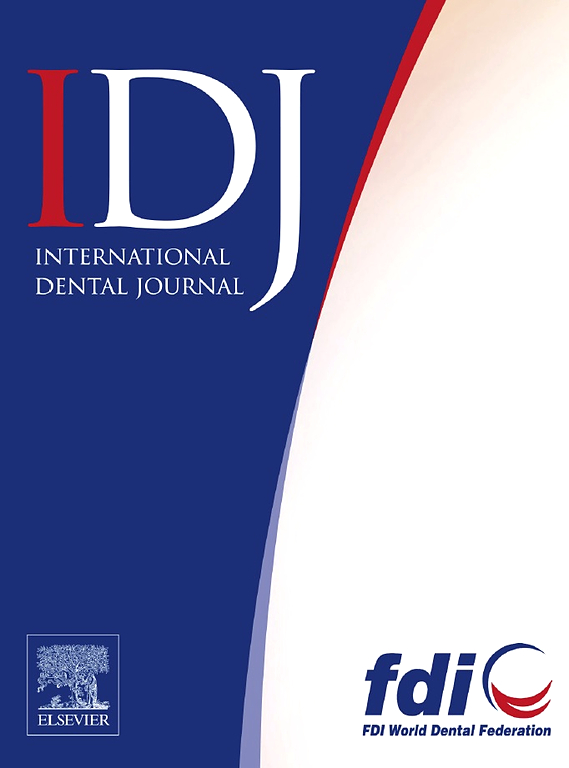Effect of Stimulated Salivary Volume on Dysbiosis of the Salivary Microbiome in Children and Young Adults
IF 3.2
3区 医学
Q1 DENTISTRY, ORAL SURGERY & MEDICINE
引用次数: 0
Abstract
Objectives
This study aimed to determine the salivary factors that influence salivary bacterial counts and the microbiome composition in children and young adults.
Methods
This cross-sectional study included 382 patients who visited the dental clinic in Hiroshima University Hospital. All participants underwent a saliva test and were divided into high- and low-bacterial-count groups based on the median bacterial count. Salivary factors and clinical variables, including the total number of teeth and plaque control record, were analyzed to determine their association with salivary bacterial counts. Furthermore, a comprehensive analysis of microbiome diversity and composition was performed using 16S rRNA sequencing.
Results
Univariate and multivariate analyses identified stimulated saliva volume (SSV) and plaque control record as independent factors influencing salivary bacterial counts. Principal coordinate analysis revealed a significant decrease in beta diversity in the high-bacterial-count group. LEfSe analysis revealed Prevotella, Veillonella, Megafaella, Selenomonas, and TM7X as the 5 most abundant bacteria. The relative abundance of the 35 KEGG pathways exhibited significant differences. Furthermore, Prevotella and Veillonella were strongly associated with 25 functional pathways.
Conclusion
Oral hygiene instruction is necessary even for children and young adults with relatively adequate SSV to maintain a healthy oral microbiome.
刺激唾液量对儿童和青年唾液微生物群失调的影响
目的本研究旨在确定影响儿童和青年唾液细菌数量和微生物组成的唾液因素。方法对广岛大学附属医院牙科门诊就诊的382例患者进行横断面研究。所有参与者都进行了唾液测试,并根据细菌数量的中位数分为细菌数量高组和细菌数量低组。分析唾液因素和临床变量,包括牙齿总数和菌斑控制记录,以确定它们与唾液细菌计数的关系。此外,利用16S rRNA测序对微生物组的多样性和组成进行了全面分析。结果单因素和多因素分析表明,刺激唾液量(SSV)和菌斑控制记录是影响唾液细菌计数的独立因素。主坐标分析显示,高细菌计数组β多样性显著降低。LEfSe分析显示,Prevotella、Veillonella、Megafaella、Selenomonas和TM7X是5种最丰富的细菌。35种KEGG通路的相对丰度存在显著差异。此外,普雷沃氏菌和细孔菌与25条功能通路密切相关。结论即使对于SSV相对充足的儿童和青少年,也有必要进行口腔卫生指导,以维持健康的口腔微生物群。
本文章由计算机程序翻译,如有差异,请以英文原文为准。
求助全文
约1分钟内获得全文
求助全文
来源期刊

International dental journal
医学-牙科与口腔外科
CiteScore
4.80
自引率
6.10%
发文量
159
审稿时长
63 days
期刊介绍:
The International Dental Journal features peer-reviewed, scientific articles relevant to international oral health issues, as well as practical, informative articles aimed at clinicians.
 求助内容:
求助内容: 应助结果提醒方式:
应助结果提醒方式:


